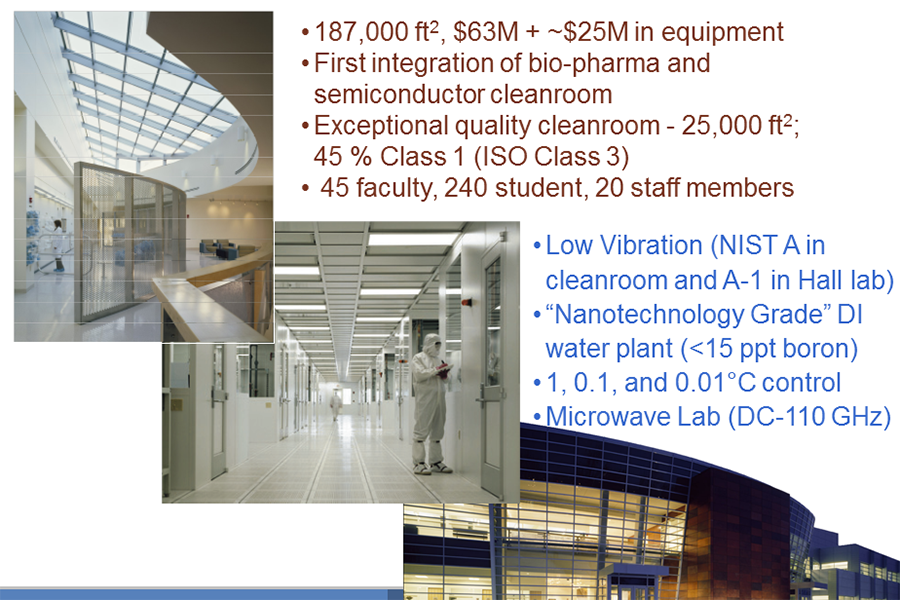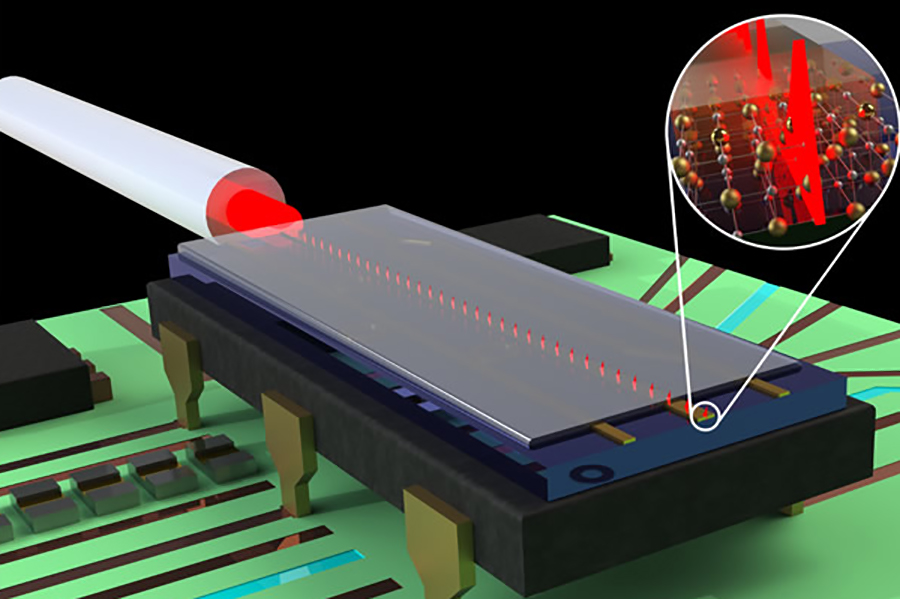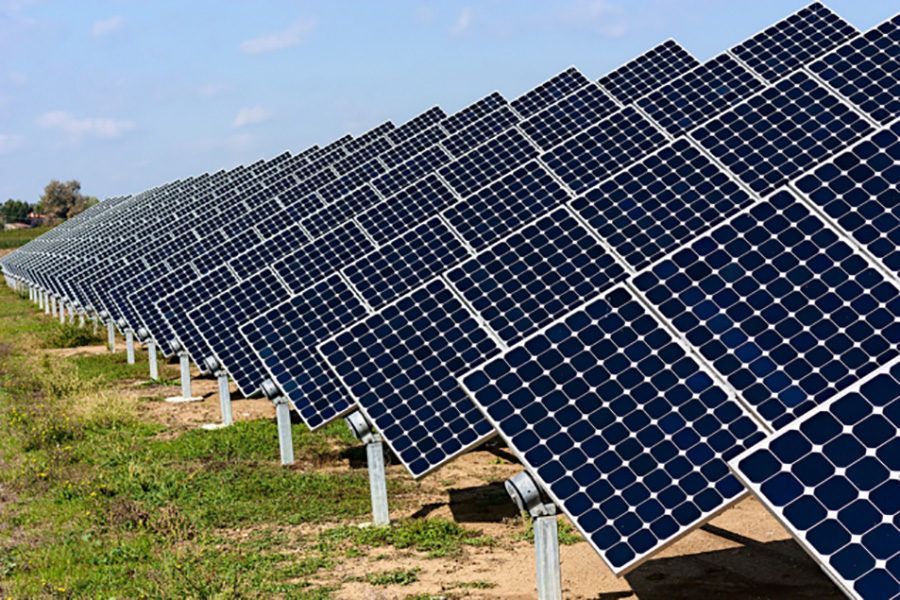The Fields and Optics (FO) area consists of 16 primary faculty (and 16 affiliated faculty) who study electromagnetic waves, both experimentally and theoretically. Such waves are ubiquitous, encompassing a broad range of phenomena encountered in many contexts including everyday life, from radio waves through optics and beyond. In the radio frequency domain, applications include cellular networks, radios, radar, remote controls, and integrated circuit design, as well as other forms of wireless communication and sensing. In the optical domain, applications include lasers, light emitting diodes, fiber optics for long-haul telecommunications, smartphone cameras, medical sensing, photovoltaics and other forms of renewable energy, nano and quantum photonics, photonic materials, manufacturing and quality control, telescopes, microscopes, and many more. The work of the FO area is also expected to play an important role in future technologies, such as 5G, quantum information, quantum computing, autonomous vehicles, videophones, and portable medical sensors.
Fields and Optics













